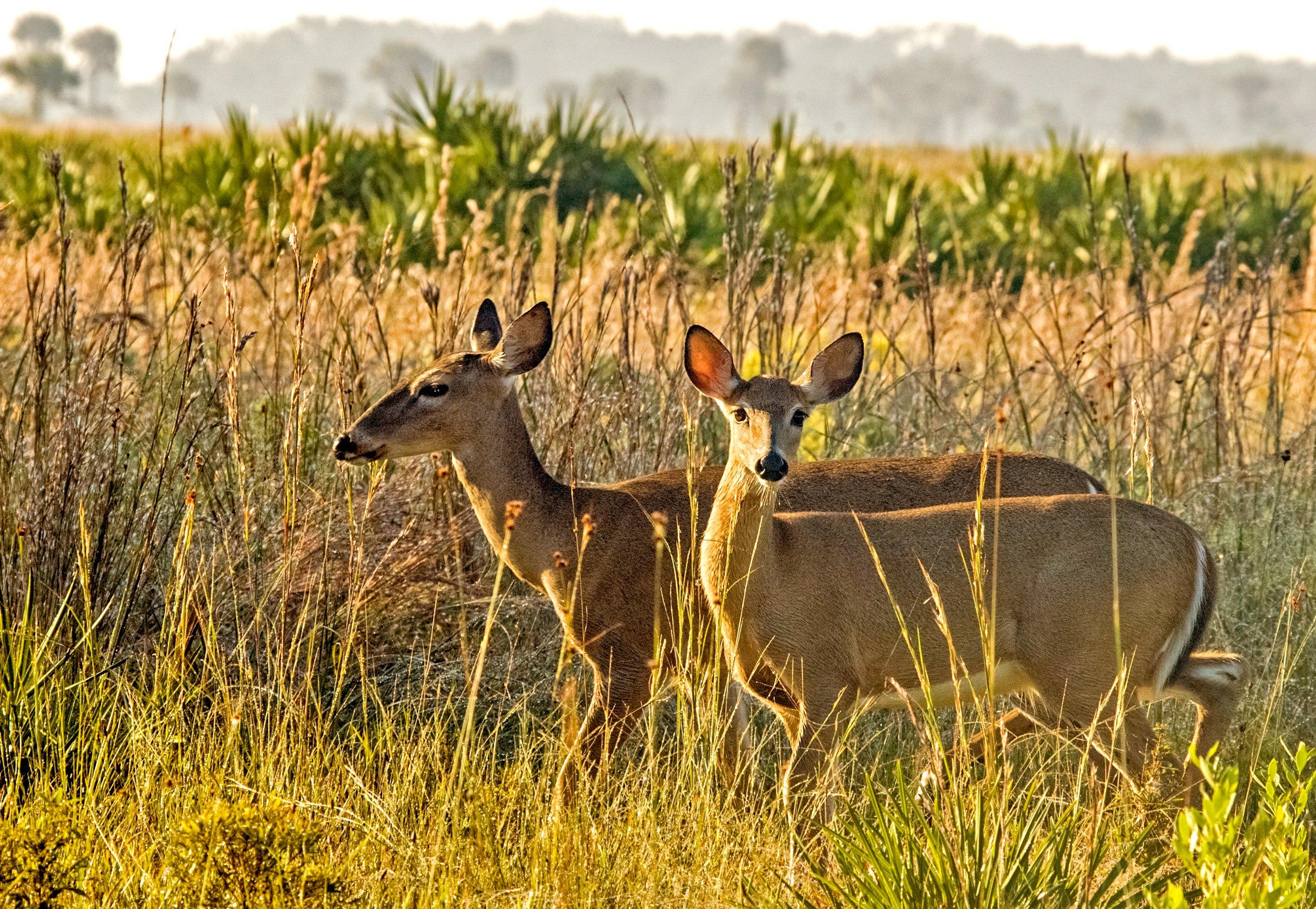A road-killed deer in Holmes County, Florida, tested positive for CWD

CWD is now in the Florida Panhandle. Image by Donna Bollenbach
Florida is now the 32nd state to record a positive test for chronic wasting disease (CWD). According to a recent press release by the Florida Fish & Wildlife Conservation Commission (FWC), the positive test came from a road-killed deer in Holmes County, and was a 4 ½-year-old doe. It was sampled as part of FWC’s routine CWD surveillance program, which began in 2002.
CWD Management Zone
Because of the positive test result, FWC enacted its CWD-response plan, and FWC Executive Director Roger Young signed an executive order to set it in motion. The newly established CWD Management Zone includes portions of Holmes, Jackson, and Washington counties. Its goal is to contain the disease within the area it was detected. Efforts are ongoing to determine the prevalence of the disease within the infected area.
The emergency response plan also bans the export of deer carcasses from within the CWD Management Zone. The only exceptions include:
Boned-out meat
Clean hides (no head attached)
Antlers, antlers with a clean skull plate (no tissue attached)
Clean skulls (no tissue attached)
Clean teeth (no tissue attached)
Finished taxidermy products
Furthermore, any harvested deer that tests positive for CWD must be surrendered to FWC. Additional emergency regulations within the CWD Manage Zone include year-round banning placement of grain, salt, minerals, and other products designed to be consumed. However, this does not apply to agricultural practices, planting food plots, within licensed game farms and hunting preserves, or using bait within a trap to manage feral hogs. Interestingly, the executive order also prohibits the rehabilitation or release of injured or orphaned white-tailed deer originating from within the CWD Management Zone.

An outline of the Florida CWD Management Zone. Graph by FWC
A Unique Scenario
CWD spreads slowly by nature. While this isn’t the first time CWD has been detected in a seemingly “random” location, it is a unique instance. The two other nearest confirmed cases of CWD are in Louisiana and Mississippi.
So, how did it get there? According to National Deer Association’s Matt Ross, the most likely answers include:
A hunter brought in a CWD-positive deer carcass from outside of the state.
It was transmitted to a wild deer from a captive deer, either from nose-to-nose contact through a fence, or from a captive escapee
The carcass of a CWD-positive captive deer was disposed of outside of the fence.
As of June 12, 2023, Georgia, Indiana, Kentucky, and South Carolina remain the only four midwestern and southeastern states where CWD has not been detected.
The FWCC encourages hunters to report sick or abnormally acting deer. You can report its location to the CWD hotline at 866-CWD-WATCH (866-293-9282). You can also do so via the FWC Reporter App.
Don’t Miss: HOW TO GET GREAT SUMMER TRAIL CAMERA PHOTOS WITHOUT BAIT OR MINERAL










